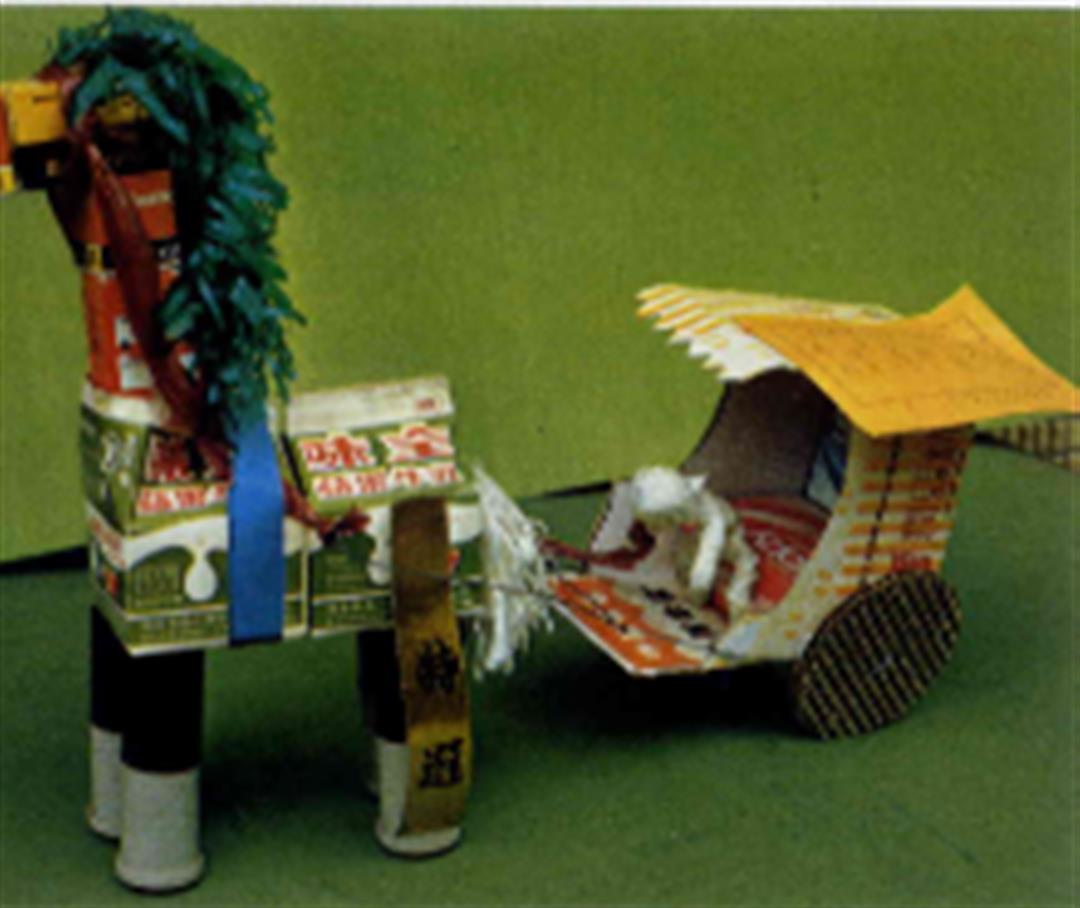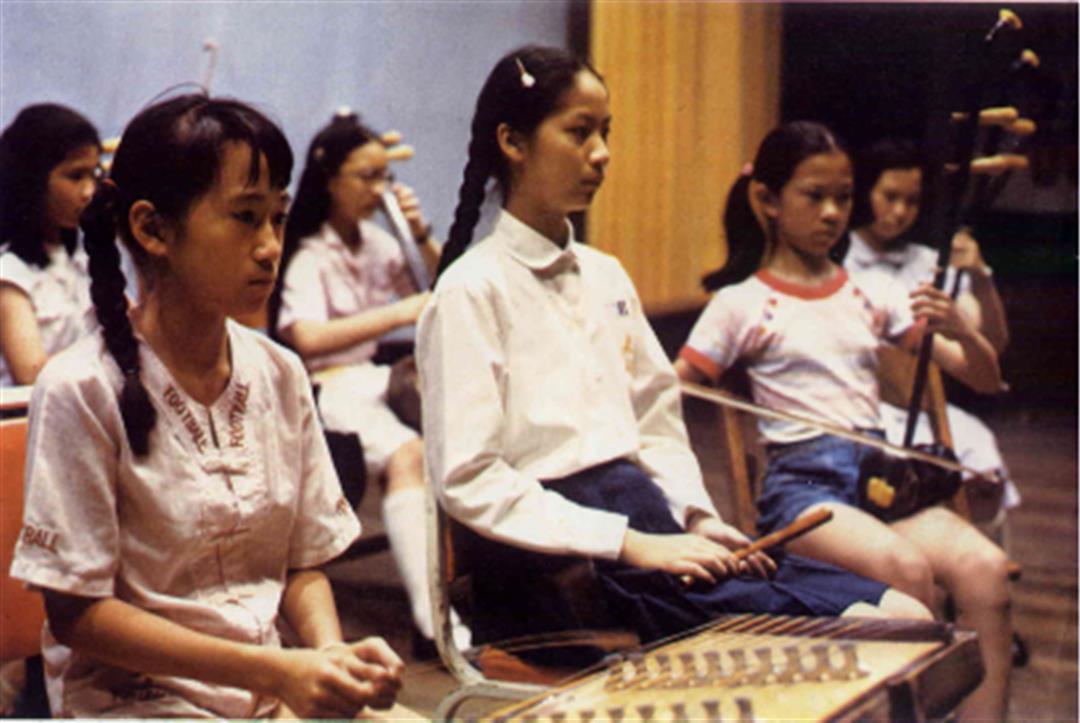With the improvement of the material well-being of the people on Taiwan, art, music and dance have played increasingly important roles in children's lives. The three cultural activities have been instrumental in cultivating their temperaments and character, brightening their lives, and above all, allowing them to express their innermost desires and feelings.
In Taiwan 20 years ago, elementary school art classes merely taught children to imitate famous paintings. But today, classes encourage students to use art as a means of free expression. A teacher can thus pick up clues about a child's overall interests from his efforts in the art field. If the teacher is aware of the student's problems, he can sometimes help to overcome them. Frequently, a child will express feelings and fears in a drawing which he can't put down in words.
Art is therefore a child's main way of communicating. As a child grows older and learns to express himself in other forms of art, such as music, dance or literature, his interest in art usually declines. But it is vital for primary school children to be allowed the freedom to communicate their thoughts through drawing.
In Taiwan, kindergarten art is not taught as a subject like writing or reading. The children are allowed to paint for fun. In this way, they develop their own style of investigating and observing the world around them. In primary schools, the children use a wide variety of art materials and construction forms, such as painting, sculpting, woodwork collage, and so on.
Art is an ideal way to develop children's mental faculties. If a child has nothing in his head, he will have nothing to draw. By studying the details and forms of living things and inanimate objects, children increase their sources of inspiration as they increase their knowledge of the world around them and how it works.
It is a matter of pride that children in the Republic of China have won many prizes in international art competitions. An institution which has contributed a great deal to this achievement is the Primary School Teachers' Seminary. In the past 23 years, the Seminary has substantially improved painting courses, teaching materials and methods at primary schools. Two years ago, it started an artistic experimental research program to incorporate painting into other forms of communication. This plan served to channel children's imaginations and creativity to a new direction.
Children in Taiwan have benefited considerably from musical education, and most children have learned to play at least one musical instrument. Since 1974, the Ministry of Education of the Republic of China has encouraged primary schools to set up experimental music classes to cultivate talented young musicians. Today, most primary schools have their own philharmonic orchestras or choral groups. In addition, musical competitions are held islandwide from time to time.
To provide variety in musical education, an advanced method of instruction developed by Carl Orff is used by the Kuan Jen Primary School. The children are taught to relax their minds and bodies by listening to the melody and rhythm, before they learn to appreciate the composition and even the musicology of the pieces. Consequently, the students are inspired to create and compose ingenious works based on such famous novels as the Pilgrimage to the West.
At present, there are three types of dancing education in Taiwan. Folk dancing is taught according to traditional methods; ballet and modern dance has been developed from different combinations of basic choreography; and in free-expression dancing, students can create freely their own movements to the accompaniment of music. Lin Hsih-tuan is a strong advocate of the last method, since it allows students to understand and control their bodies fully.
Once she asked the children to compose a dance on the motif of "kites." When they expressed puzzlement, Lin decided to take them to the countryside near Taipei city to observe kites actually being flown. When the children returned to the workshop, their newly inspired imaginations enabled them to re-create all aspects of kite-flying, such as soaring, being blown by the wind, and even two kites becoming entangled. The children's creativity and imagination were stimulated, their personalities more fully developed and their emotions given a healthy outlet.
In the past 10 years, children's art education has made rapid progress. Students may not grow up to be professional painters, musicians or dancers, but they have been given the chance to cultivate an enriching hobby and lead a fuller life.

Horse-carriage, a handicraft toy made from discarded paper boxes

The woodwind orchestra of the Tunhua Primary School.

The presentation of Chinese classical music and bassoon solo at the Kuan Jen Primary School's graduation performance.

The presentation of Chinese classical music and bassoon solo at the Kuan Jen Primary School's graduation performance.

Musical education developed by Carl Orff allows the students to compose and create ingenious works in a relaxed atmosphere.

A teacher patiently instructs ballet choreography to small girl

Lin Hsih-tuan encourages students to create freely their own movements to the accompaniment of music.